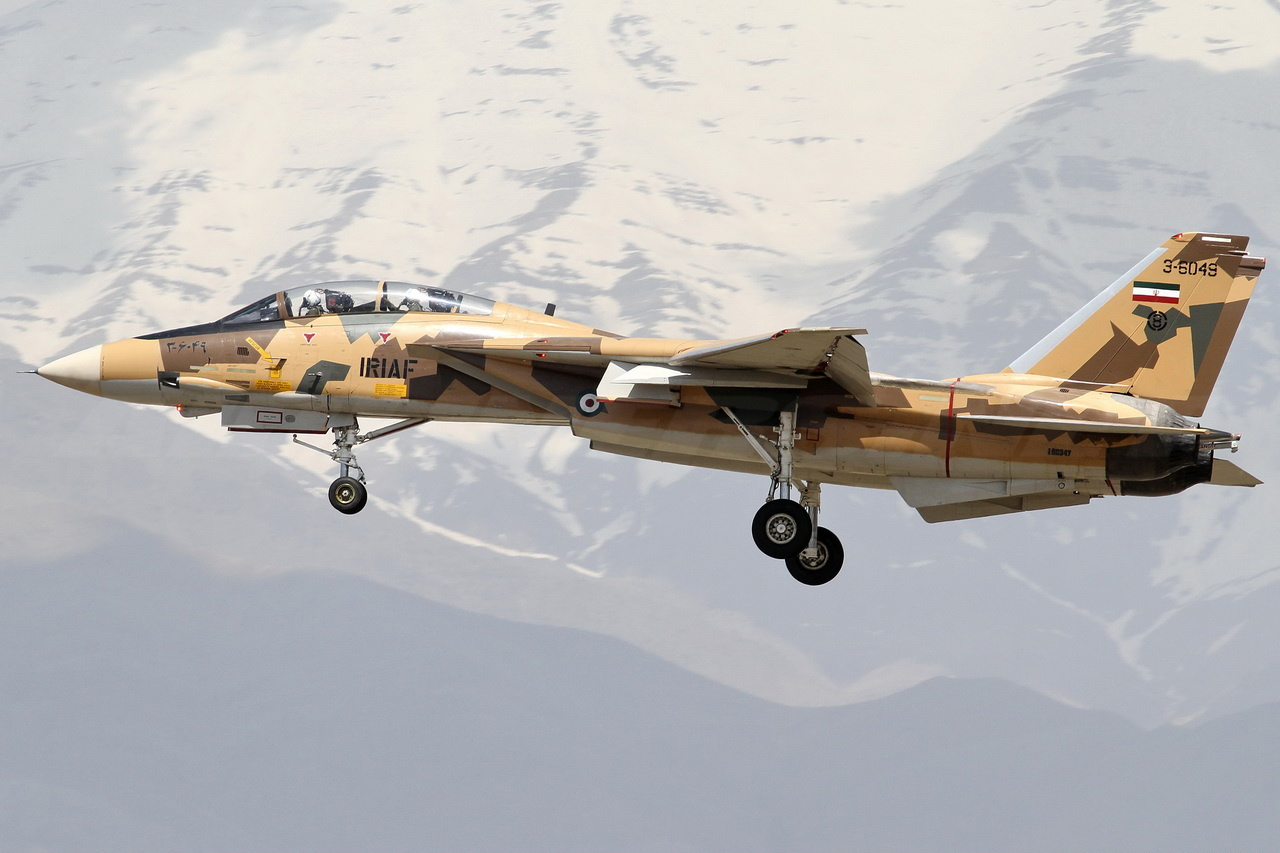
The F-14 Tomcat occupies a special position in the history of aviation—a lean, muscular fighter that became the epitome of American engineering at its best, immortalized in the movies, and in a surprising turn of events, the backbone of Iranian air defense for close to half a century. While the United States retired the Tomcat in 2006, Iran continued to keep its remaining number in service, a testament to ingenuity and perseverance in the face of perpetual challenges.

Iran’s involvement with the F-14 started in the mid-1970s, when the Shah’s regime was determined to create a first-rate military. Concern for Soviet bombers and protecting the shipping lanes of the Persian Gulf prompted a quest for the most capable interceptor in the world.

The Grumman F-14, with its pairing of the high-powered AN/AWG-9 radar and AIM-54 Phoenix missile, provided just what Iran required: the capability to detect and engage multiple targets over 100 miles away. Iranian pilots were training in the U.S. by 1976, and deliveries of the Tomcat were underway, putting Iran’s air force immediately into the ranks of the region’s upper echelons of power.

That momentum was lost in 1979 with the Islamic Revolution. The new regime’s rupture with Washington ushered in sweeping sanctions and an arms embargo, cutting off overnight the supply of parts, maintenance, and technical know-how. It was assumed that the Tomcat fleet would wither rapidly. Instead, Iran surprised the world.

Iranian crews managed to keep part of the fleet flying through reverse-engineering components, scrounging parts from grounded planes, and exploiting black-market sources. While billions of dollars’ worth of intended arms sales were canceled out, the resolve to maintain the Tomcat’s potential never wavered.

The ultimate test came in the bloody Iran-Iraq War of the 1980s. Even with critical supply shortages, the F-14 was a lifesaver—intercepting Iraqi jets, including high-altitude and speed-cruising MiG-25 Foxbats—and reportedly racking up dozens of kills.

Equipped with its long-range radar and Phoenix missiles, the Tomcat frequently acted as a mini-AWACS, detecting incoming threats and guiding other fighters into Iranian airspace. Aviation experts have referred to Iran’s F-14s as “ghosts of the Cold War,” still potent despite declining numbers.

Throughout the years, maintaining the Tomcats in the skies was a continuous fight. Without an official supply chain, Iran depended on smuggling rings, indigenous production, and even DIY copies of the Phoenix missile. Where possible, engineers upgraded avionics and weapons, but decades of wear, combined with the complexity of design, made gradual deterioration inevitable. Attrition, cannibalization, and accidents gradually thinned the fleet.

Recent years have dealt new blows. Some F-14s on the ground have been destroyed by airstrikes, including ones that, although perhaps unflyable, were worth holding onto as sources of spare parts. Military observers explain that even in their later years, these planes were among the few platforms that could stand up to certain regional threats, which made them strategically important up to the current time.

Now, with the introduction of advanced Sukhoi Su-35 jets, Iran is getting ready to retire its final Tomcats. The Su-35 beats the F-14 in nearly every category, but filling the Tomcat’s long-range intercept mission—particularly its radar-missile combination—will be a tall order.

Iran’s F-14 tale is about something greater than an airplane. It’s the history of determination in adversity, of discovering means to keep essential defenses on life support when the odds are impossible. When the last Tomcat departs the fleet, its legacy will live on—part Cold War artifact, part national achievement in ingenuity and tenacity.
